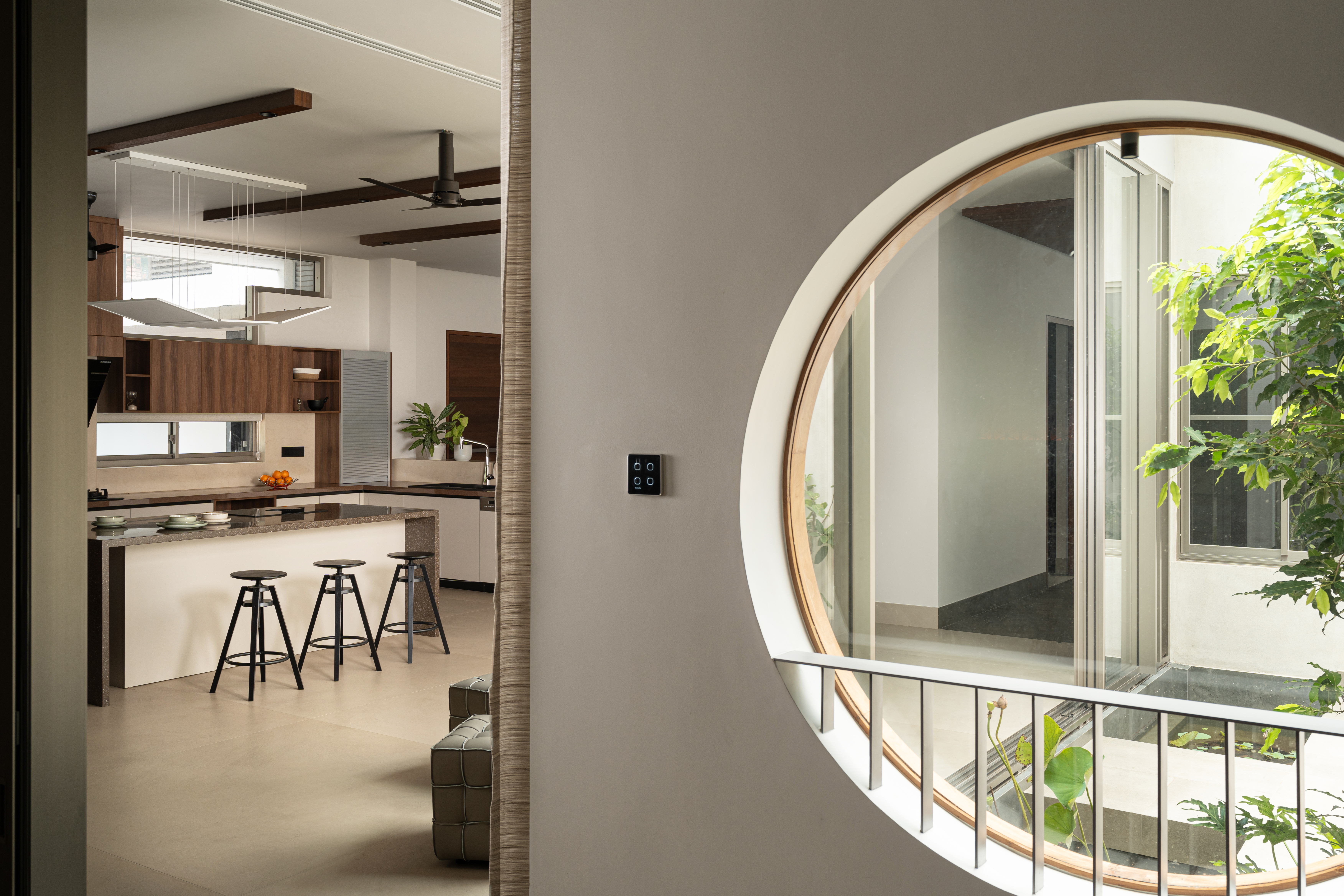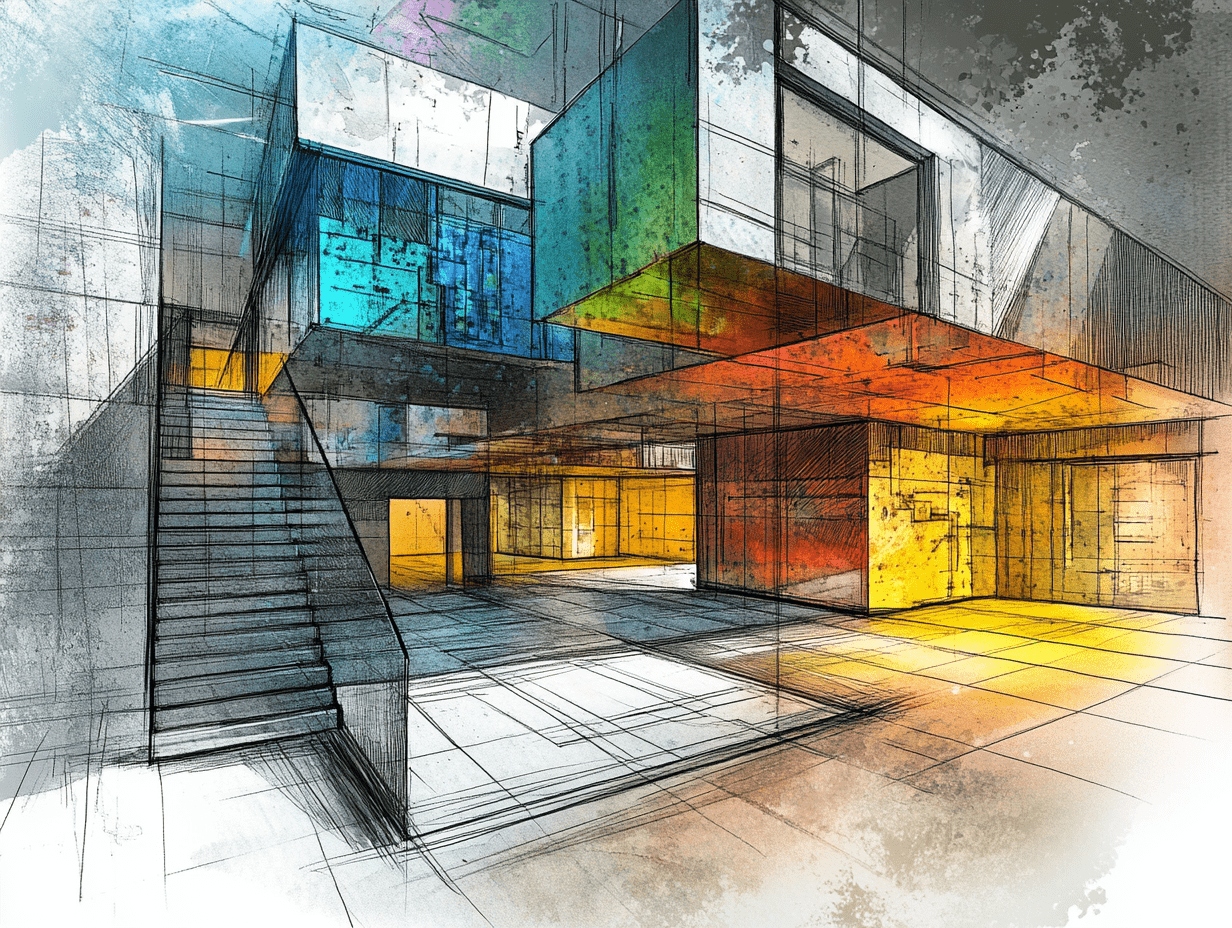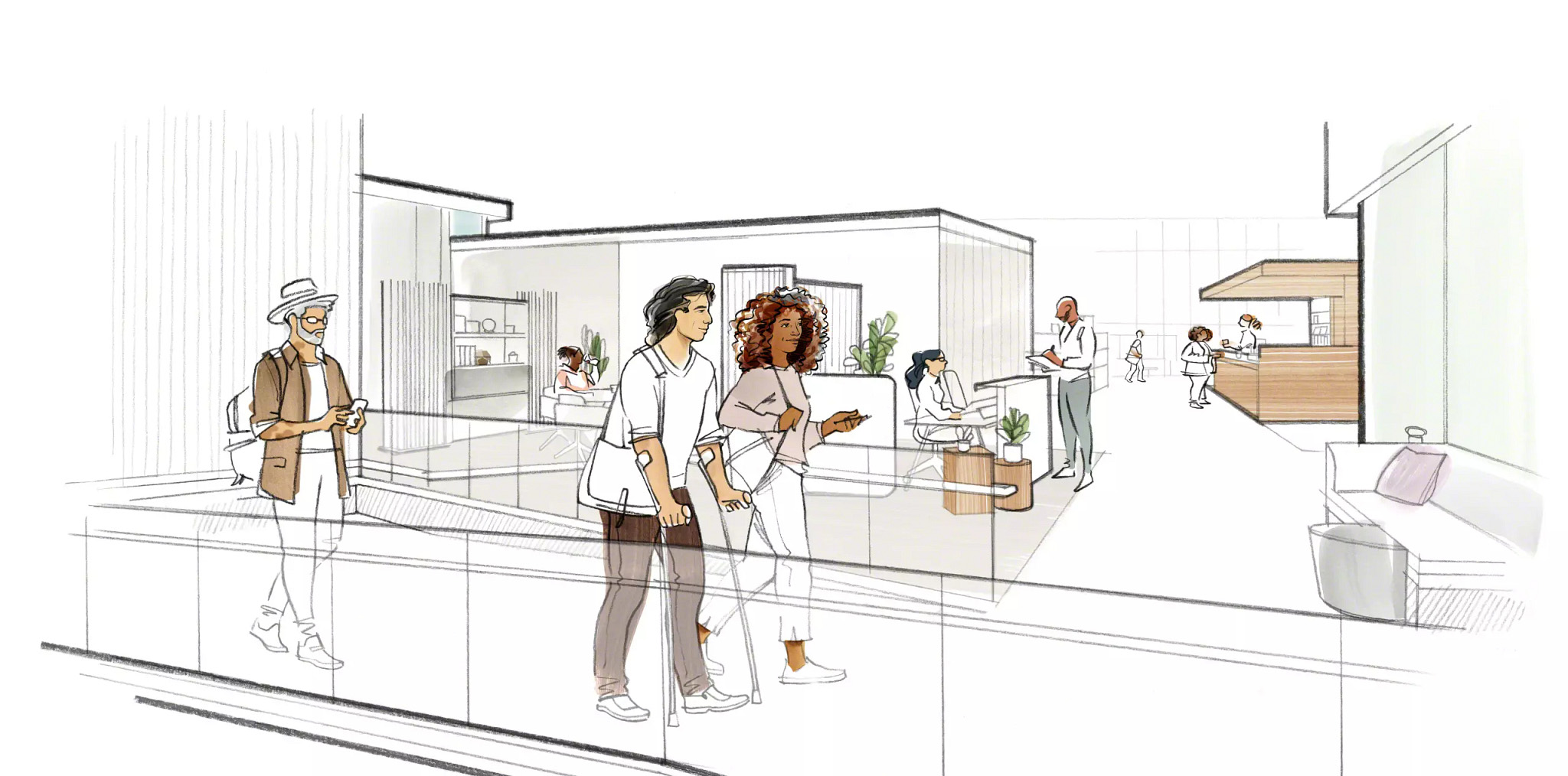SPACEXTENDED ARCHITECTS
Calicut
Bldg No-28/2216 A, Nellikode junction, Thondayad Bypass, Calicut- 673016, Kerala India
Kannur
28/294 , Kannan's Behind Capitol Mall , Muzhathadam Civil Station - P.O , Kannur, Kerala - 670 002 , India
Business
design@spacextended.comCareers
rekha@spacextended.com© 2024 Spacextended Architects. All rights reserved.
Adaptive Reuse in Architecture: Corporate Imperatives for a Sustainable Future

11.07.2025 | By Team SXT
In the contemporary built environment, adaptive reuse in architecture is not merely a trend - it is a strategic imperative for organizations seeking to align with sustainability mandates, optimize capital expenditure, and reinforce corporate social responsibility. Being among the top architects in Kerala, SXT understands that as global urbanization accelerates and environmental regulations tighten, the ability to repurpose existing structures for new, high-value uses has emerged as a hallmark of forward-thinking enterprises.
Strategic Drivers of Adaptive Reuse
1. Sustainability and Environmental Stewardship
Reduction in Demolition Waste: Reusing existing buildings minimizes landfill contributions and mitigates the environmental impact associated with new construction materials.
Embodied Carbon Preservation: Retaining structural elements preserves the carbon already invested in the original build, directly supporting ESG (Environmental, Social, Governance) targets.
Energy Efficiency: Adaptive reuse typically requires less energy than erecting new buildings, aligning with global decarbonization goals.
2. Economic and Operational Advantages
Capital Optimization: Repurposing structures often incurs lower costs than ground-up developments, reducing both material and labor expenses.
Accelerated ROI: Shorter project timelines enable faster occupancy, revenue generation, and improved asset utilization.
Resource Efficiency: Existing infrastructure—utilities, transportation links, and urban amenities—can be leveraged for new purposes, maximizing return on investment.
3. Cultural and Heritage Value
Brand Differentiation: Occupying or revitalizing heritage sites enhances corporate identity and demonstrates commitment to community values.
Regulatory Compliance: Many jurisdictions offer incentives or mandate the preservation of historic assets, making adaptive reuse both a legal and reputational asset.
Typologies and Approaches
Facade Retention: Preserves the external shell while modernizing interiors, ideal for heritage or landmark buildings.
Full Conversion: Transforms obsolete structures (e.g., warehouses to offices, churches to apartments) for entirely new uses.
Partial Adaptation: Enables mixed-use developments, retaining original functions alongside new programs.
Challenges and Risk Management
Structural Integrity: Older buildings may require significant retrofitting to meet modern codes.
Regulatory Complexity: Navigating heritage conservation laws and zoning constraints demands specialized expertise.
Unforeseen Costs: Hidden defects or hazardous materials (e.g., asbestos) can increase project risk and require robust contingency planning.
Adaptive reuse is no longer optional—it is a core component of resilient, future-proof corporate real estate strategies. As one of the best architects in Kerala, SXT advocates adaptive reuse as a pathway to sustainable growth, operational efficiency, and meaningful urban regeneration. The most successful adaptive reuse projects are those that balance innovation with respect for history, ensuring long-term relevance and profitability in a rapidly evolving marketplace.



